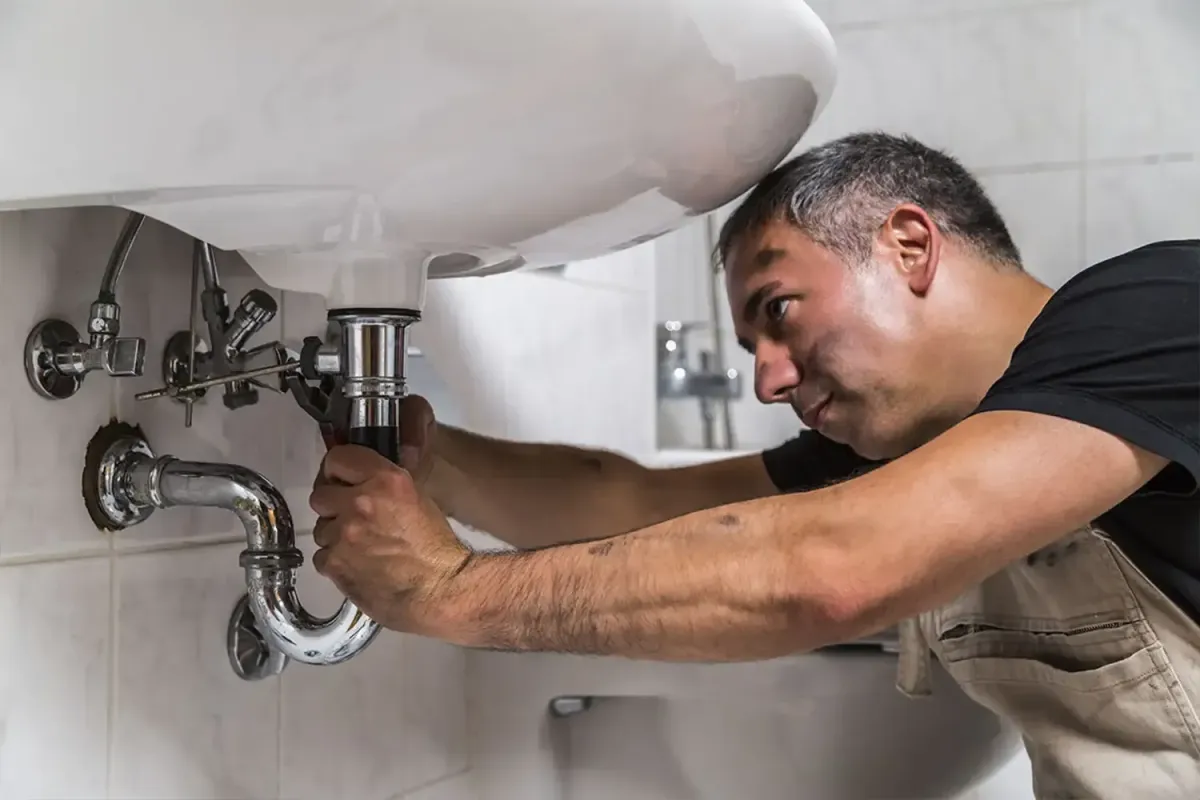
What Percentage of New Buildings in Canada Are Designed to Be Energy Efficient
When you think about Canada’s love for innovation and sustainability, it’s no surprise that energy-efficient buildings are becoming the norm. But how many of these shiny new constructions actually meet energy-efficient standards?
What Percentage of New Buildings in Canada Are Energy Efficient?
That’s tens of thousands of buildings every year adopting green technologies and sustainable designs. For example, in 2023 alone, Canada saw around 220,000 new residential buildings constructed, meaning nearly 88,000 to 110,000 homes met energy efficiency standards. According to recent data, approximately 40-50% of new buildings in Canada are now designed with energy efficiency in mind. This percentage varies by province, with progressive areas like British Columbia and Ontario leading the pack.
This shift isn't just trendy—it’s essential. With rising energy costs and environmental concerns, energy-efficient buildings offer a win-win for homeowners and the planet. But what’s driving this movement? And what does “energy-efficient” really mean in Canadian construction? Let’s break it down.

What Makes a Building Energy Efficient?
An energy-efficient building isn’t just about slapping on solar panels (although those help!). These structures are designed to minimize energy consumption while maintaining comfort and functionality. Features that make a building energy-efficient include:
High-performance insulation to keep heat in during those frosty Canadian winters.
Energy-efficient windows and doors that reduce drafts and heat loss.
Smart HVAC systems that use less energy for heating and cooling.
Renewable energy sources like solar panels or geothermal heating.
LED lighting and energy-efficient appliances to cut down on electricity use.
Buildings that meet these criteria often adhere to standards like the National Energy Code for Buildings (NECB) or are certified under programs like LEED (Leadership in Energy and Environmental Design) or Passive House.
Regional Leaders in Energy Efficiency
Not all provinces are on the same page when it comes to energy efficiency. Here’s how some of Canada’s provinces stack up:
British Columbia:
B.C. is a trailblazer, thanks to its Energy Step Code, a framework pushing buildings toward net-zero energy-ready performance by 2032. In Vancouver, over 60% of new residential buildings meet energy-efficient standards.Ontario:
Ontario follows closely, driven by strong urban demand and government incentives. Approximately 50-55% of new buildings in major cities like Toronto are energy efficient.Quebec:
With its reliance on hydropower, Quebec focuses on sustainable energy use. Roughly 45% of new homes are built to energy-efficient standards.Prairie Provinces (Alberta, Saskatchewan, Manitoba):
Progress is slower here, with 30-40% of new constructions meeting energy-efficient criteria.Atlantic Canada:
While smaller in scale, Nova Scotia and New Brunswick are adopting green building standards, with about 35% of new homes classified as energy efficient.

Why the Push for Energy Efficiency?
Several factors are driving the energy-efficient building trend in Canada:
Climate Change Commitments:
Canada aims to achieve net-zero carbon emissions by 2050, and energy-efficient buildings play a critical role in this goal. The construction sector is responsible for nearly 12% of Canada’s greenhouse gas emissions, so reducing energy consumption in buildings is key.Rising Energy Costs:
Homeowners and businesses are feeling the pinch of higher energy prices. Energy-efficient buildings can reduce heating and cooling costs by up to 30-50%, offering long-term savings.Government Incentives:
Programs like the Canada Greener Homes Grant offer up to $5,000 for energy-efficient retrofits, encouraging more builders to adopt sustainable designs.
Statistics That Tell the Story
Let’s crunch some numbers to see the real impact of energy-efficient buildings:
Energy Savings: An average energy-efficient home in Canada uses 25-50% less energy than a standard home, saving homeowners $500-$1,500 annually on utility bills.
Reduced Emissions: Energy-efficient buildings help cut CO2 emissions by up to 1.5 tons per home annually, equivalent to taking a small car off the road for a year.
Market Growth: The green building market in Canada is projected to grow at a 10% annual rate, reaching a value of over $150 billion by 2030.
Challenges in Achieving Energy Efficiency
While the numbers are promising, not everything is smooth sailing. Builders face several challenges when constructing energy-efficient buildings:
Higher Upfront Costs:
Adding energy-efficient features can increase construction costs by 5-15%, which may deter some builders and buyers.Skilled Labor Shortages:
Specialized skills are needed to design and build energy-efficient structures, and the industry is facing a labor gap.Regulatory Differences:
Canada’s patchwork of building codes means energy efficiency standards vary widely across provinces.

The Future of Energy-Efficient Buildings in Canada
The future looks bright—and green—for Canada’s building industry. By 2030, experts predict that 70% of new buildings will meet energy-efficient standards, thanks to:
Stronger Regulations: Provinces like British Columbia are raising the bar with stringent energy codes.
Advances in Technology: Innovations like smart thermostats, energy storage systems, and advanced building materials are making energy efficiency more accessible.
Consumer Demand: With rising awareness, more Canadians are prioritizing sustainable living. A recent survey showed that 78% of homebuyers prefer energy-efficient homes.
Conclusion
Canada is making remarkable strides toward energy-efficient construction, with 40-50% of new buildings already leading the charge. From cost savings to environmental benefits, the reasons to embrace this trend are clear.
As provinces strengthen regulations and technologies improve, the number of energy-efficient buildings in Canada will only continue to grow. Whether you’re a homeowner, builder, or sustainability enthusiast, now’s the perfect time to explore how energy efficiency can benefit your community—and the planet.
By focusing on energy efficiency today, we’re not just building better homes. We’re building a brighter, greener future for all of Canada.






